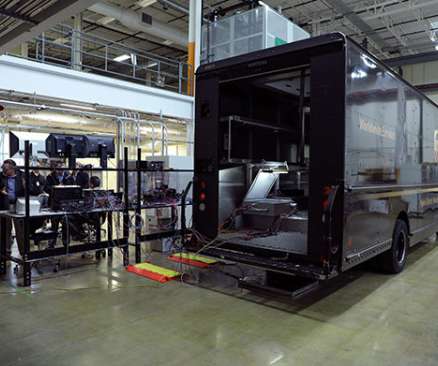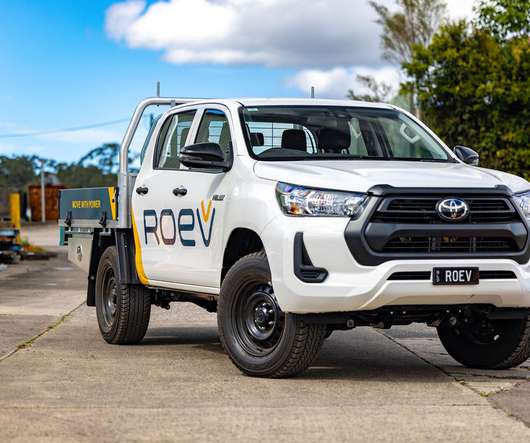ORNL demos 20 kW bi-directional wireless charging on UPS PHEV truck; 11" air gap, >92% efficiency
Green Car Congress
APRIL 22, 2020
The system transferred electricity from the power grid to the vehicle battery terminals at more than 92% efficiency. With its bi-directional design, the system also supports use of the vehicle’s batteries for energy storage. ORNL’s bidirectional technology is fully compliant with grid power quality standards.


















Let's personalize your content